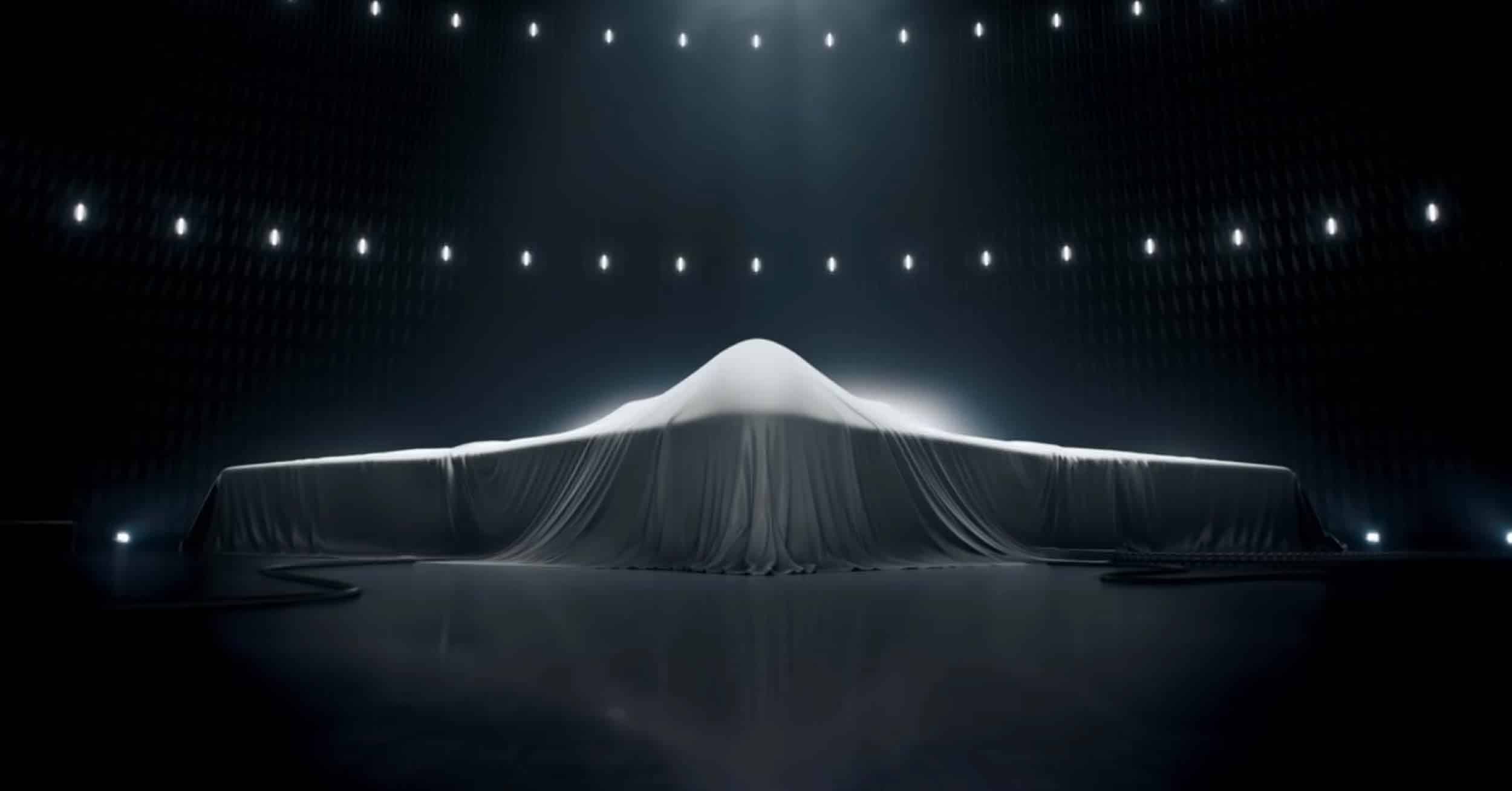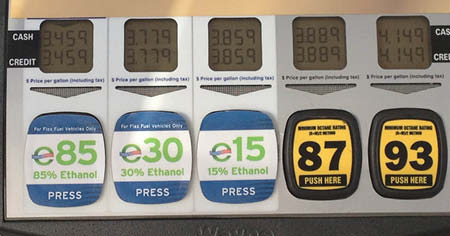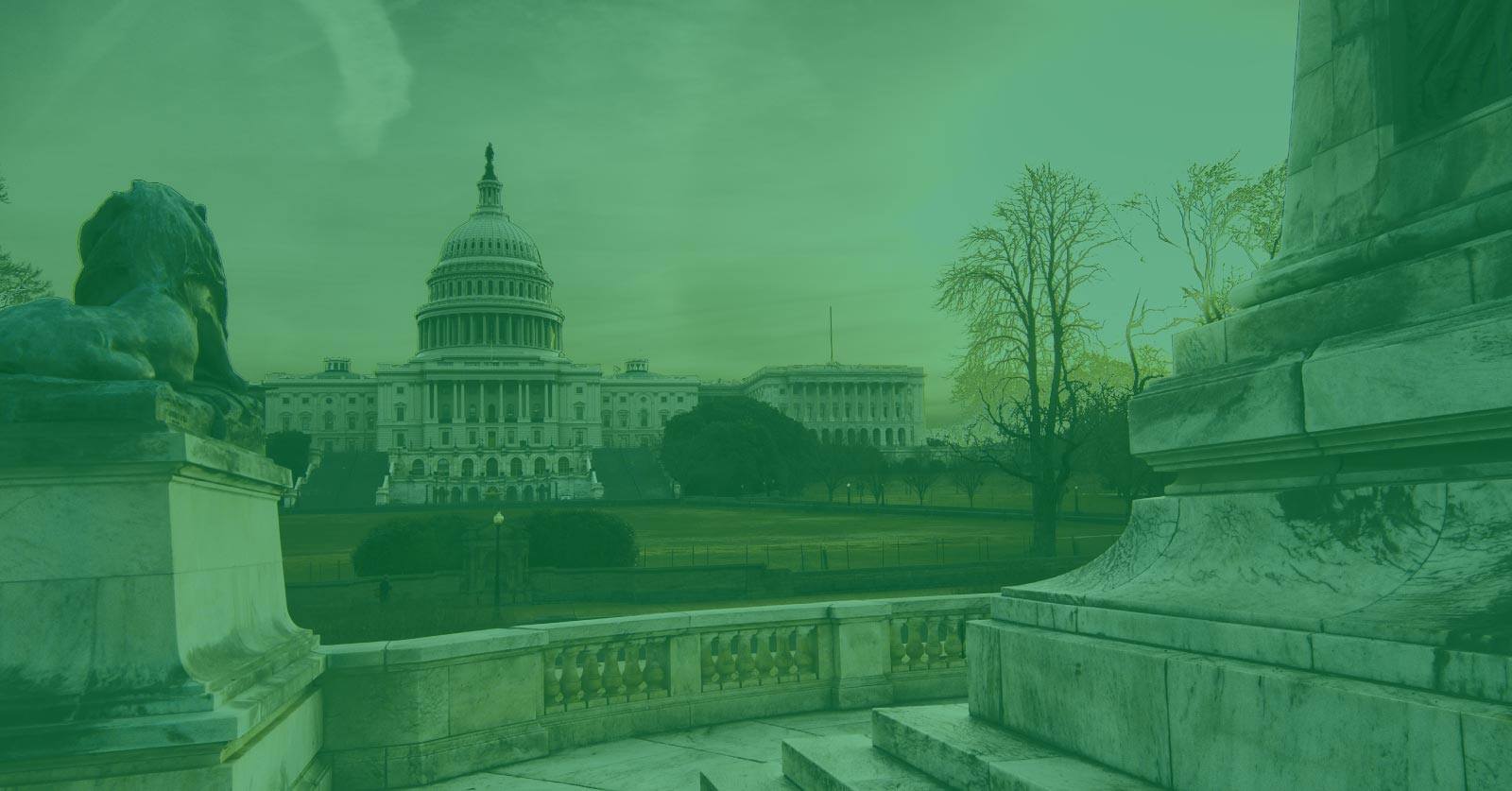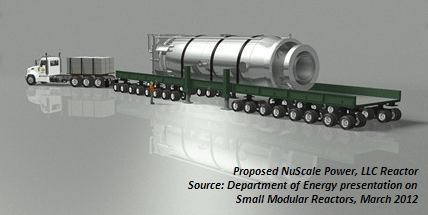One of the most popular and enduring icons of American politics, Senator William Proxmire’s Golden Fleece Award embodied both outrage and humor as it put the public spotlight on waste and abuse of taxpayer money.
To commemorate the 25th anniversary of the famous waste-busting award, Senator Proxmire asked Taxpayers for Common Sense (TCS) to revive the Golden Fleece Award. The first revived Golden Fleece was awarded to the FAA for fleecing taxpayers out of a half a billion dollars in lost taxpayer revenue at the Tampa International Airport. The most famous award recipient? The Bridge to Nowhere.
Now, Taxpayers for Common Sense awards “The Golden Fleece” when a project so symbolizes waste of taxpayer dollars – instead of investments worthy of those limited resources – that we feel compelled to give it extra public attention.
Former Wisconsin Senator William Proxmire issued a Golden Fleece Award every month between March 1975 and December 1988. In his own words, the award singled out a “wasteful, ridiculous or ironic use of the taxpayers’ money.”
Through the Golden Fleece Award, Senator Proxmire fought for American taxpayers by focusing public attention on budgetary waste in every branch of government. A number of the programs or projects he targeted were curtailed, modified or canceled, helping to save American taxpayers millions of dollars.
More importantly, the Golden Fleece Award encouraged all who handled or sought government money to take extra care.
Senator Proxmire was inspired to create the Golden Fleece Award in early 1975 as a way to galvanize public opinion against wasteful spending. In March 1975, the Senator gave his first Golden Fleece Award to the National Science Foundation for conducting an $84,000 study about why people fall in love. After that, the Golden Fleece Award became a regular news feature and favorite with the public.
“The purpose of the award was to dramatize wasteful and extravagant spending to try to discourage it. Highlighting specific, single wasteful expenditures is more effective than simply complaining in a general way about government waste,” Senator Proxmire told The Wall Street Journal in 1988.
First brought to Congress in a special election in 1957, Senator William Proxmire, a Democrat, served 32 years for over five terms in the U.S. Senate until he retired in 1989. During that time, he chaired the Senate Banking, Housing and Urban Affairs Committee, and Joint Economic Committee, and was a subcommittee Chairman on the Senate Appropriations Committee.
The Senator was well known for his high standards of integrity, dedication, and frugality.
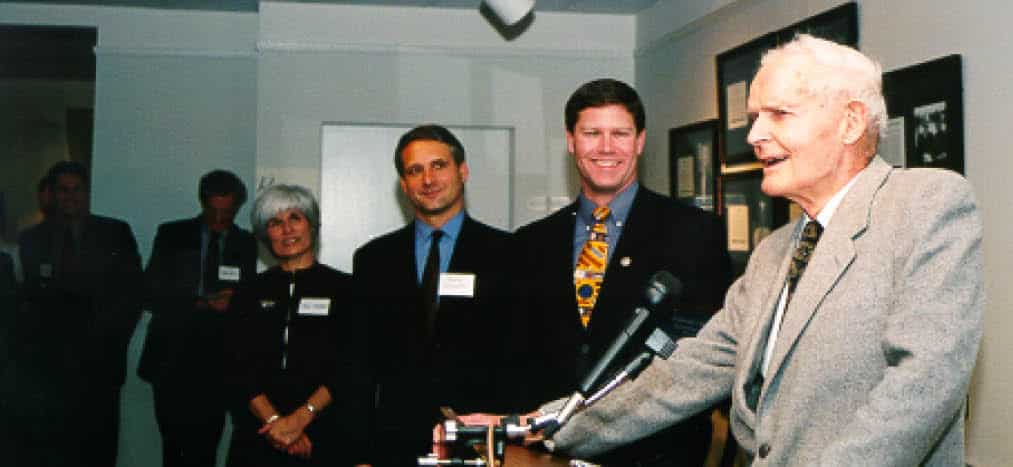
Senator Proxmire made the first contribution to Taxpayers and bestowed his famous Golden Fleece award to Taxpayers to continue the tradition of highlighting egregious waste.
After a ritual morning exercise of 100 push-ups and a four-mile run, the Senator brought his extraordinary energy to his work in Congress. Present for more than 10,000 roll call votes during the course of 22 and a half years, he still holds the record for the most consecutive votes in the history of the U.S. Senate. In his last two Senate campaigns of 1976 and 1982, Senator Proxmire refused to take any campaign contributions, whatever their form, and spent less than $200 out of his own pocket on each of the campaigns.
In a November 1995 speech, Senator Christopher Dodd commemorated Senator Proxmire’s career and 80th birthday:
“Senator Proxmire is perhaps best remembered for his fanatical devotion to saving taxpayer dollars. He refused to travel abroad at government expense, and he returned $1 million to the Treasury over 6 years by cutting back on staff expenses.
This commitment to personal thrift gave him the credibility to stand up to the waste of taxpayer money elsewhere in the government…. Golden Fleece not only makes its point about the potential dangers of ill-managed and ill-conceived government programs, but reminds us of the humor and character of this noble public servant.”
Senator Proxmire served as Honorary Chairman of the Taxpayers for Common Sense Advisory Board and inspired many. This history of the Senator and his famous Golden Fleece Award is compiled in his honor.
The dubious distinction of a Golden Fleece Award was not given to just any example of government waste in the federal budget. Instead, it was awarded to federal programs that most Americans would agree were outrageous and wasteful. For example, although Senator Proxmire believed that the MX Missile was a waste of money, he never gave a Fleece to that program.
More importantly, projects receiving the Golden Fleece Awards did not necessarily have high costs, but rather violated a principle of responsible government spending. Some examples include a $27,000 study to determine why inmates want to escape from prison and a $6,000, 17- page document on how to buy Worcestershire Sauce. “My own favorite was the study to find out whether sunfish that drink tequila are more aggressive than sunfish who drink gin,” Senator Proxmire told The Atlanta Journal and Constitution in 1985.
Lastly, to receive a Golden Fleece Award, an example of government waste must never have received national press coverage.
Previous Winners of the Golden Fleece Award:
U.S. Senator William Proxmire’s Golden Fleece Award Turns 46 Years Old
TCS2021-09-21T10:55:28-04:00Aug 17, 2021|4 min read
Sen. William Proxmire (D-WI) hadn’t been in Washington long before he observed a great deal of wasteful and often nonsensical government spending. So, the Democrat from Wisconsin decided to highlight the frivolity by issuing 168 “Golden Fleece” awards every month from 1975 to 1988. Kicking off what would become "the most successful public relations device in politics today,” according to The Washington Post, Proxmire gave his first award to the National
The Air Force B-21 Raider Attack on Your Wallet
TCS2017-11-13T12:48:24-05:00Oct 4, 2016|8 min read
In the 1950s and 60s, there was a television show called “I’ve Got a Secret.” Host Garry Moore welcomed guests who had a “secret.” Four panelists would then have a timed round of questions to attempt to discover the secret. If they were unsuccessful, the secret keeper went home with a cash prize. This popular show was a fun diversion for Cold War America. Unfortunately, there’s a new secret game being played
Blinders for Blender Pumps
TCS2018-05-22T14:33:22-04:00Jul 21, 2015|19 min read
With his creation of a new program to spend $100 million to pay for new gas station pumps that can handle high-blend ethanol fuels, Secretary of Agriculture Tom Vilsack has blinders for blender pumps. The move puts Vilsack squarely at odds with Congress, which previously forbid the Department of Agriculture (USDA) from spending money on blender pumps. For his tunnel-vision on ethanol blender pumps, Sec. Vilsack rightfully receives a Golden
Golden Fleece: Coal to Kaiserslautern
TCS2025-03-26T15:04:09-04:00Jun 4, 2015|23 min read
(Note: an update to the report regarding the cost of the provision in question was published on June 15, 2015 - see below) TCS Awards the Golden Fleece Award to the House and Senate Appropriations Committees - Sending Coal to Kaiserslautern (The full report is available for download here.) In May 1961, a handful of lawmakers wanted to prop up a dying industry in northeast Pennsylvania. They succeeded and now,
KABATA – Taxpayer Funded Cheerleaders for Alaska’s Knik Arm Bridge
TCS2017-12-07T16:36:58-05:00Jun 26, 2013|28 min read
Summary Over the last decade, the Knik Arm Bridge and Toll Authority (KABATA) spent millions of federal taxpayer dollars on a project that is – literally and figuratively – going nowhere. The Knik Arm Bridge[1] would connect Alaska’s largest city, Anchorage, and a sparsely inhabited piece of land in the Matanuska-Susitna (Mat-Su) Borough at a projected cost of at least $1.6 billion. The Knik Arm Bridge is the sibling of
Taxpayer Subsidies for Small Modular Reactors
TCS2025-03-26T16:09:19-04:00Feb 27, 2013|42 min read
View/Download this article in PDF format. The Department of Energy (DOE) is asking Congress to provide hundreds of millions in subsidies to commercialize small modular nuclear reactors (SMR). First proposed in the 2011 budget, the Administration has committed to providing more than $500 million for licensing support and research and development for these downsized reactors. A fraction of the size of commercial scale reactors, SMRs would be manufactured by assembly


